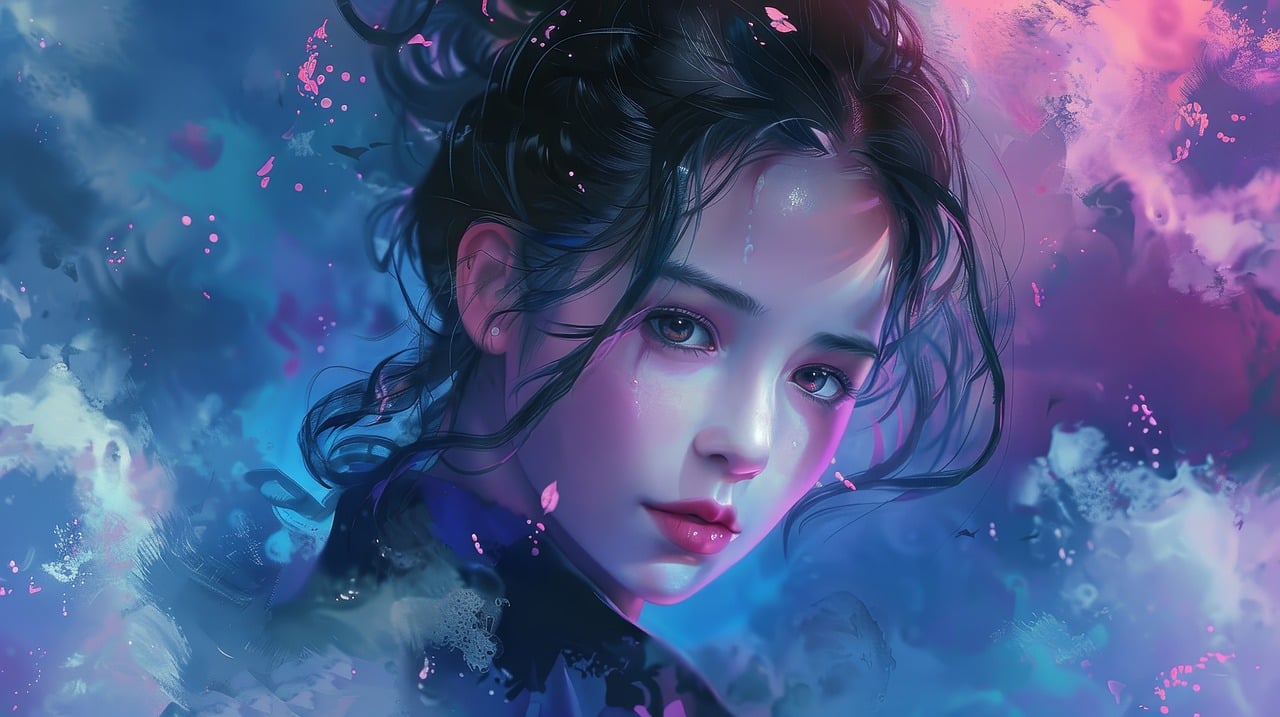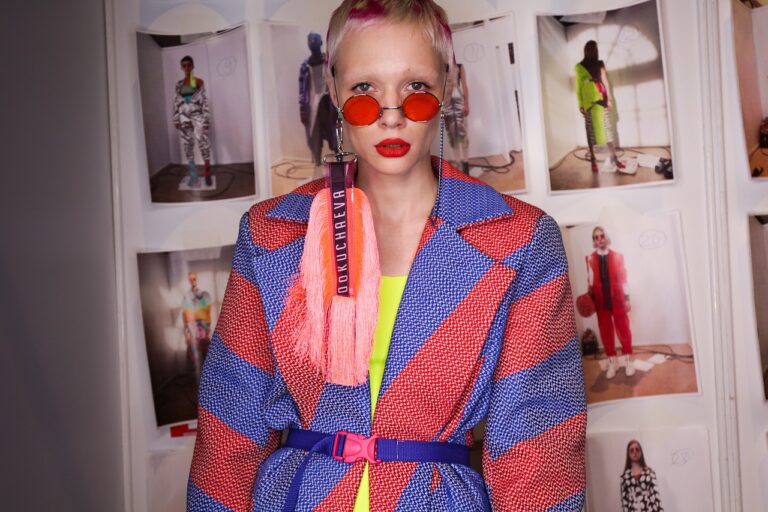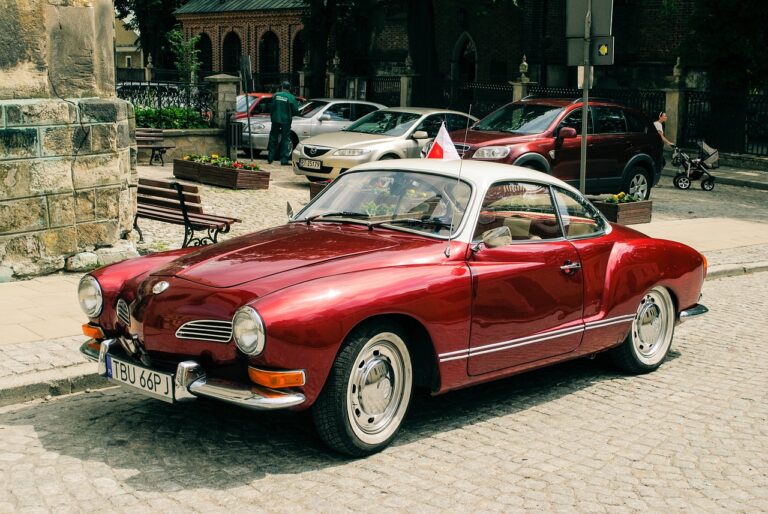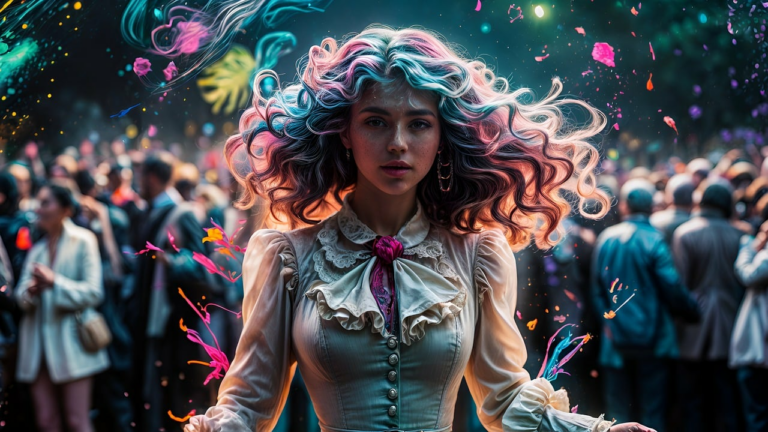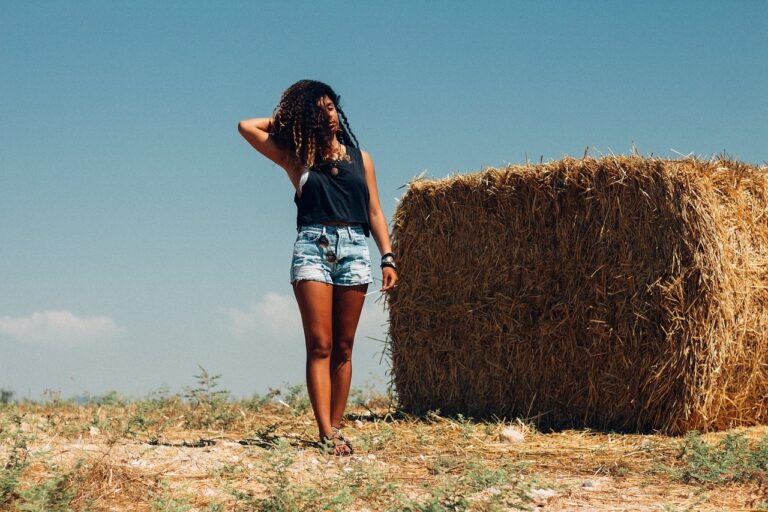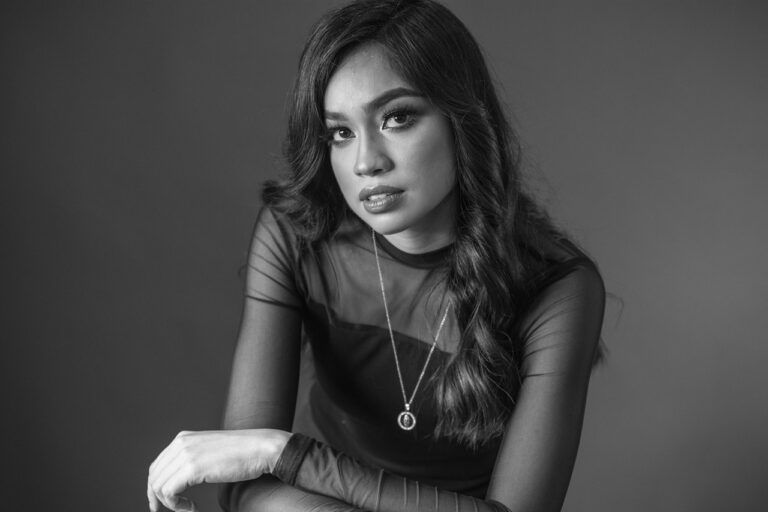The Influence of Art and Culture on Fashion Trends
Art movements have long been a source of inspiration for fashion designers looking to integrate artistic elements into their creations. From Impressionism to Surrealism, each movement brings a unique aesthetic that can be translated onto garments, accessories, and even runway shows. The vibrant colors and bold brushstrokes of Impressionist paintings, for example, have influenced designers to incorporate similar textures and hues into their collections, creating pieces that exude a sense of movement and fluidity.
Similarly, the geometric shapes and bold colors of the Cubist movement have found their way onto the runway, with designers experimenting with asymmetrical silhouettes and abstract patterns. By drawing on the themes and motifs of different art movements, fashion designers are able to create pieces that not only pay homage to the artistic styles of the past but also push the boundaries of what is considered fashionable. In this way, art movements continue to shape and inspire the world of fashion, providing a rich tapestry of creativity and innovation for designers to draw upon.
Cultural Symbols in Fashion
In the world of fashion, cultural symbols play a significant role in shaping designs and trends. From traditional motifs to contemporary emblems, these symbols carry deep meanings and connections to specific cultures. Designers often incorporate these symbols into their collections as a way to celebrate diversity and heritage.
Cultural symbols such as the lotus flower, hamsa hand, or tribal patterns are frequently seen in fashion pieces, adding a unique touch to the overall aesthetic. These symbols not only add visual interest but also serve as a form of storytelling, allowing wearers to express their identity and values through their clothing choices. Fashion becomes a canvas for cultural exchange, blending different traditions and narratives into wearable art pieces.
Historical Art Periods and Their Influence on Fashion
The Renaissance period, known for its creative explosion in the arts, greatly influenced fashion. The elegant and intricate designs seen in the works of artists like Leonardo da Vinci and Raphael translated into luxurious fabrics, ornate details, and rich colors in clothing. Women’s gowns mimicked the graceful lines of Renaissance paintings, with voluminous sleeves and flowing silhouettes that exuded sophistication and opulence.
Moving into the Baroque era, fashion took on a more theatrical and extravagant style. Reflecting the grandeur and drama of Baroque art, clothing became more elaborate with embellishments such as lace, ribbons, and intricate embroidery. The emphasis on luxury and excess in Baroque fashion mirrored the intricate detail and lavishness seen in artworks by Baroque painters like Caravaggio and Rubens.
• The Renaissance period influenced fashion with elegant and intricate designs
• Women’s gowns mimicked the graceful lines of paintings by Leonardo da Vinci and Raphael
• Baroque era fashion became more theatrical and extravagant
• Clothing featured embellishments like lace, ribbons, and intricate embroidery
• Baroque fashion mirrored the luxury and excess seen in artworks by painters like Caravaggio and Rubens
How have art movements influenced fashion throughout history?
Art movements have had a significant impact on fashion by inspiring designers to incorporate elements of the movement into their creations. For example, the bold colors and geometric shapes of the Cubist movement influenced the fashion of the 1920s.
How do cultural symbols play a role in fashion design?
Cultural symbols can be used in fashion to convey a sense of identity or to make a statement. Designers often draw inspiration from their own cultural heritage or from other cultures to create unique and meaningful designs.
How have historical art periods influenced contemporary fashion trends?
Historical art periods have played a major role in shaping contemporary fashion trends. For example, the romanticism of the Renaissance period can still be seen in flowing silhouettes and elaborate embellishments in modern fashion.
Can you give an example of how a specific art period has influenced fashion?
Sure, the Art Deco movement of the 1920s and 1930s is a prime example of how art can influence fashion. The bold lines and geometric patterns of Art Deco can be seen in the sleek silhouettes and graphic prints of 21st century fashion.

